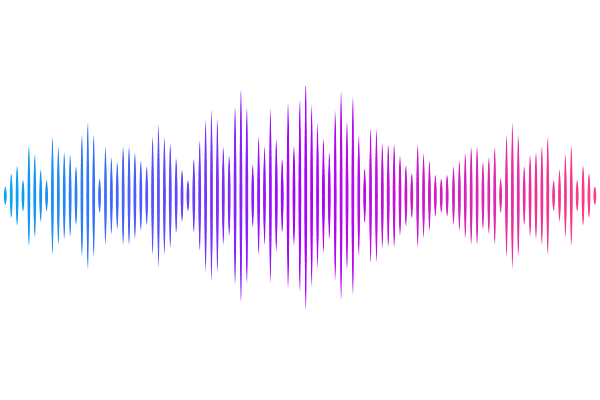Measuring spin precession from massive black holes binaries with gravitational waves: insights from time-domain signal morphology

Measuring spin precession from massive black holes binaries with gravitational waves: insights from time-domain signal morphology
Simona J. Miller, Maximiliano Isi, Katerina Chatziioannou, Vijay Varma, Sophie Hourihane
AbstractRobustly measuring binary black hole spins via gravitational waves is key to understanding these systems' astrophysical origins, but remains challenging -- especially for high-mass systems, whose signals are short and dominated by the merger. Nonetheless, events like GW190521 show that strong spin precession can indeed be gleaned from high-mass systems. In this work, we track how spin precession imprints on simulated high-mass binary black hole signals cycle-by-cycle using time-domain inference. We investigate a suite of signals, all with the same spins and (near-unity) mass ratio but different signal-to-noise ratios, total masses, and extrinsic angles, which affect the observed waveform morphology. We truncate each signal at various times and infer source parameters using only the data before or after each cutoff. The resultant posterior allows us to identify which time segments of each signal inform its spin precession constraints. We find that at a sufficiently high post-peak signal-to-noise ratio (SNR, $\rho\sim 20$), spin precession can be constrained by the {\sc NRSur7dq4} waveform model when just the post-peak data (i.e., ringdown) is visible. Similarly, at a large enough pre-cutoff SNR ($\rho\sim 10$), spin precession can be constrained using only pre-peak data (i.e., inspiral); this occurs for signals with detector-frame total mass $\lesssim 100 M_{\odot}$ at GW190521's SNR. Finally, we vary the inclination, polarization, and phase angles, finding that their configuration need not be fine-tuned to measure spin precession, even for very high-mass and short signals with 2-3 observable cycles. We do not find that the same morphological features consistently drive precession constraints: in some signals, precession inference hinges on the relationship between a loud merger and quiet pre-merger cycle, as was the case for GW190521, but this is not generically true.